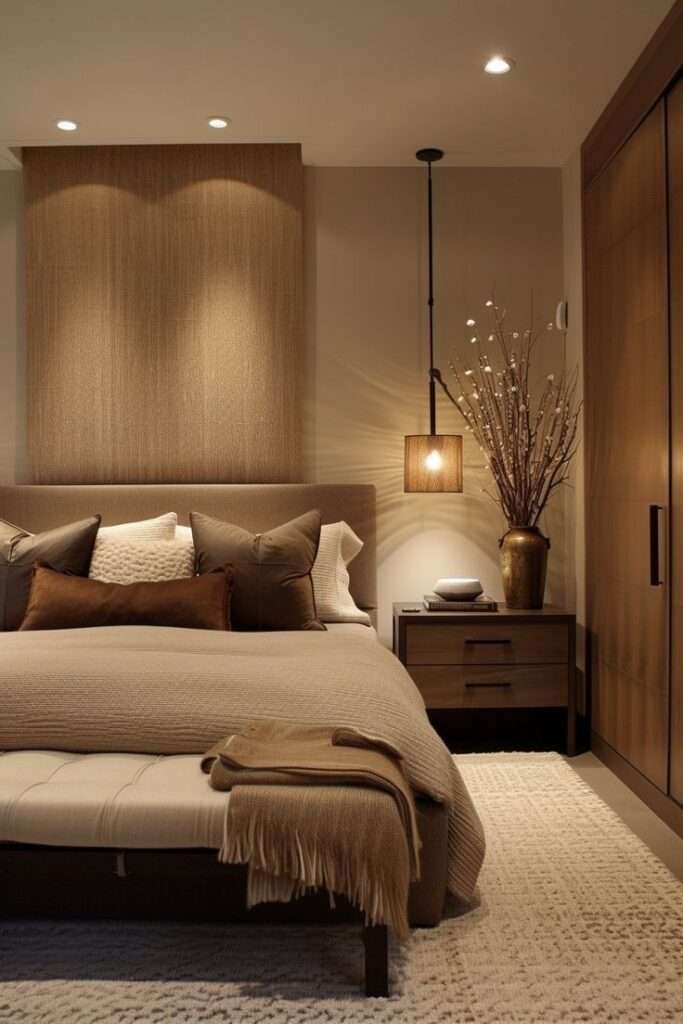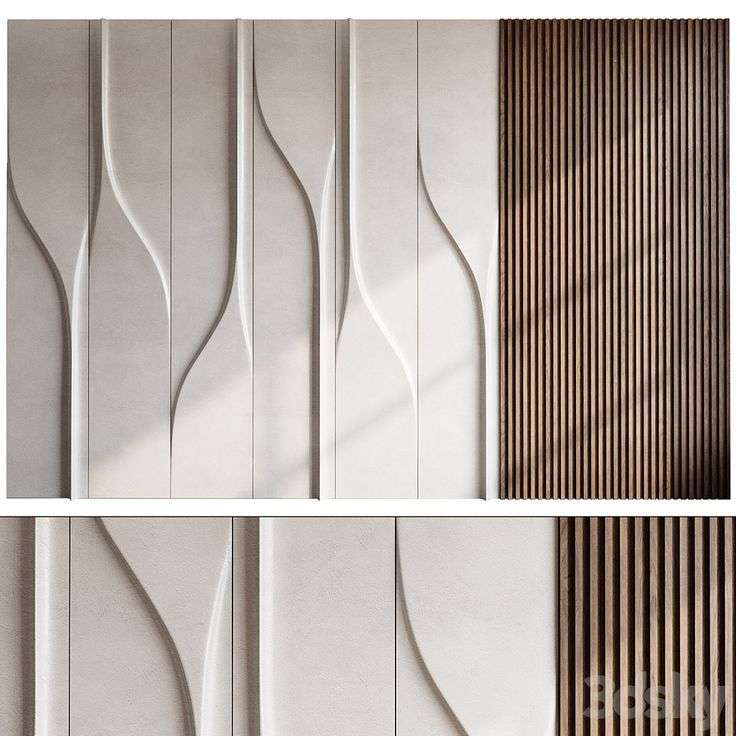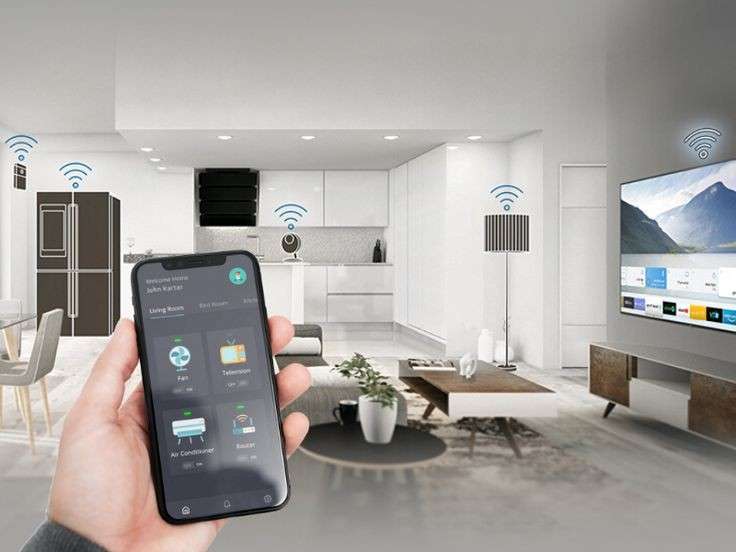Mid-Century Modern (MCM) is one of the most iconic design movements of the 20th century, marked by clean lines, functional form, and a perfect balance between simplicity and elegance. Originating in the mid-1940s and lasting through the 1960s, Mid-Century Modern design has remained relevant and popular throughout the years, influencing everything from architecture to furniture and even art.
At its core, MCM is about timeless, minimalist design with an emphasis on functionality, natural materials, and a seamless connection between indoor and outdoor living. In this blog, we’ll explore the essence of Mid-Century Modern style, its characteristics, and how you can incorporate it into your home or workspace.

What is Mid-Century Modern?
Mid-Century Modern is a broad term that describes a design style that emerged in the mid-20th century. It is characterized by sleek lines, organic curves, open spaces, and an emphasis on simplicity and practicality. MCM was born out of a post-World War II desire to create functional, stylish living spaces for the average American family, incorporating innovative materials and design techniques. The movement spanned architecture, furniture design, industrial design, and even graphic design.
The Mid-Century Modern aesthetic was influenced by Scandinavian design, the Bauhaus movement, and the emerging technology of the time. Designers like Charles and Ray Eames, Eero Saarinen, and George Nelson were key figures in shaping this iconic style.
Key Characteristics of Mid-Century Modern Design
- Clean Lines and Simple Forms:
One of the most defining characteristics of Mid-Century Modern design is its clean lines and simple, geometric forms. Furniture and interiors focus on functionality without the unnecessary frills. Rounded corners, straight edges, and minimalist shapes are common in MCM pieces. - Functional and Practical Furniture:
Mid-Century Modern furniture is not only aesthetically pleasing but also designed to be practical. Pieces such as the Eames Lounge Chair, the Tulip Table by Eero Saarinen, and the iconic Noguchi coffee table are both stylish and functional. The emphasis is on usability, with designs that cater to the needs of modern living. - Natural Materials:
Wood is one of the central materials used in MCM furniture. Teak, walnut, and oak were popular choices for their warmth and texture. Additionally, the use of leather, metal, and glass provides an industrial balance to the organic qualities of wood. - Open Spaces and Airy Feel:
Mid-Century Modern homes often emphasize openness, with rooms that flow into one another, large windows that let in natural light, and layouts designed to feel airy and spacious. The goal was to break down barriers between indoor and outdoor spaces, creating a harmonious living environment. - Bold Colors and Simple Patterns:
While Mid-Century Modern design often relies on neutral tones like whites, blacks, and browns, pops of bold color are commonly introduced through accent pieces like cushions, rugs, and art. Retro hues like mustard yellow, orange, turquoise, and avocado green were popular in this era. Patterns were kept simple, with graphic prints, stripes, and abstract designs.
How to Incorporate Mid-Century Modern Style into Your Home
- Mid-Century Modern Furniture:
The heart of MCM is its furniture. Invest in iconic pieces like a streamlined sofa with wooden legs, a clean-lined coffee table, and functional chairs with minimalist designs. Look for quality craftsmanship and materials such as wood, leather, and metal. A well-curated set of MCM furniture instantly transforms a space into one that feels timeless and chic. - Use of Natural Light:
Large windows and glass doors were key features of Mid-Century Modern homes, bringing in natural light and connecting the home to the outdoors. Incorporate floor-to-ceiling windows or use sheer curtains to let in as much light as possible. Adding plants and greenery around the room further enhances the open, airy vibe. - Neutral Color Base with Bold Accents:
Start with a neutral base for your walls and larger furniture pieces—think whites, beiges, and grays. Then, add pops of bold color through accent pieces like throw pillows, rugs, and wall art. For a truly authentic look, go for colors popular during the Mid-Century era, such as mustard yellow, turquoise, and teal. - Geometric and Abstract Patterns:
Incorporate simple geometric patterns into your space through textiles like rugs, throw blankets, and cushions. Mid-Century Modern interiors often feature abstract art and clean, graphic lines, so don’t hesitate to hang bold, abstract paintings or prints. - Bring in Iconic Accessories:
Mid-Century Modern design is not complete without a few signature accessories. Consider a starburst clock, a statement lamp with a sleek design (such as a floor or table lamp with a tripod base), or a minimalist metal sculpture. These accessories capture the spirit of the era and can be found in both vintage and modern interpretations.
Mid-Century Modern in Fashion
While Mid-Century Modern is primarily associated with interior design, its influence extends into fashion as well. In the 1950s and 1960s, fashion echoed the sleek, structured lines and clean forms seen in design. Today, you can bring Mid-Century Modern aesthetics into your wardrobe by focusing on streamlined silhouettes, elegant tailoring, and simple patterns.
- Structured Dresses and Suits:
For women, A-line dresses, pencil skirts, and boxy jackets are reminiscent of the era’s style. For men, tailored suits with narrow lapels and slim trousers are a classic nod to the Mid-Century era. - Bold Accessories:
Statement accessories, like bold geometric necklaces or sleek watches, can elevate any outfit to reflect that MCM vibe. - Colors and Fabrics:
Fabrics like wool, leather, and sleek cotton were popular in the 1950s and 1960s. Bold colors, such as red, mustard, and teal, were frequently seen, as well as subtle geometric patterns.



